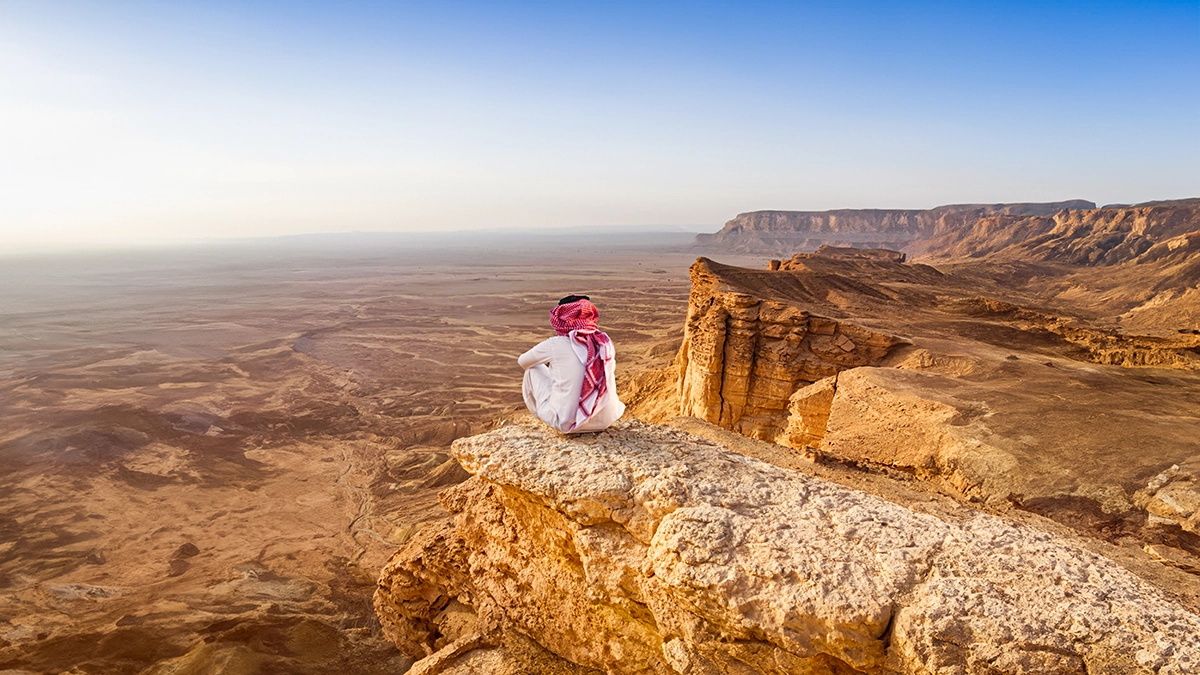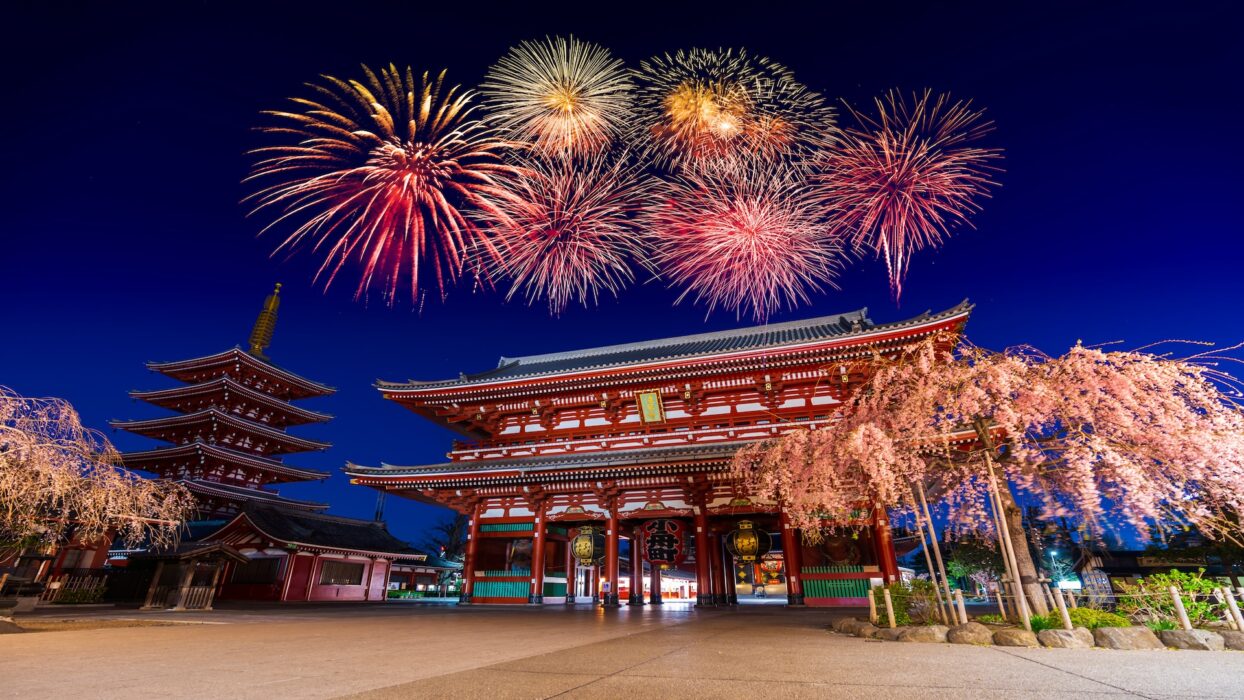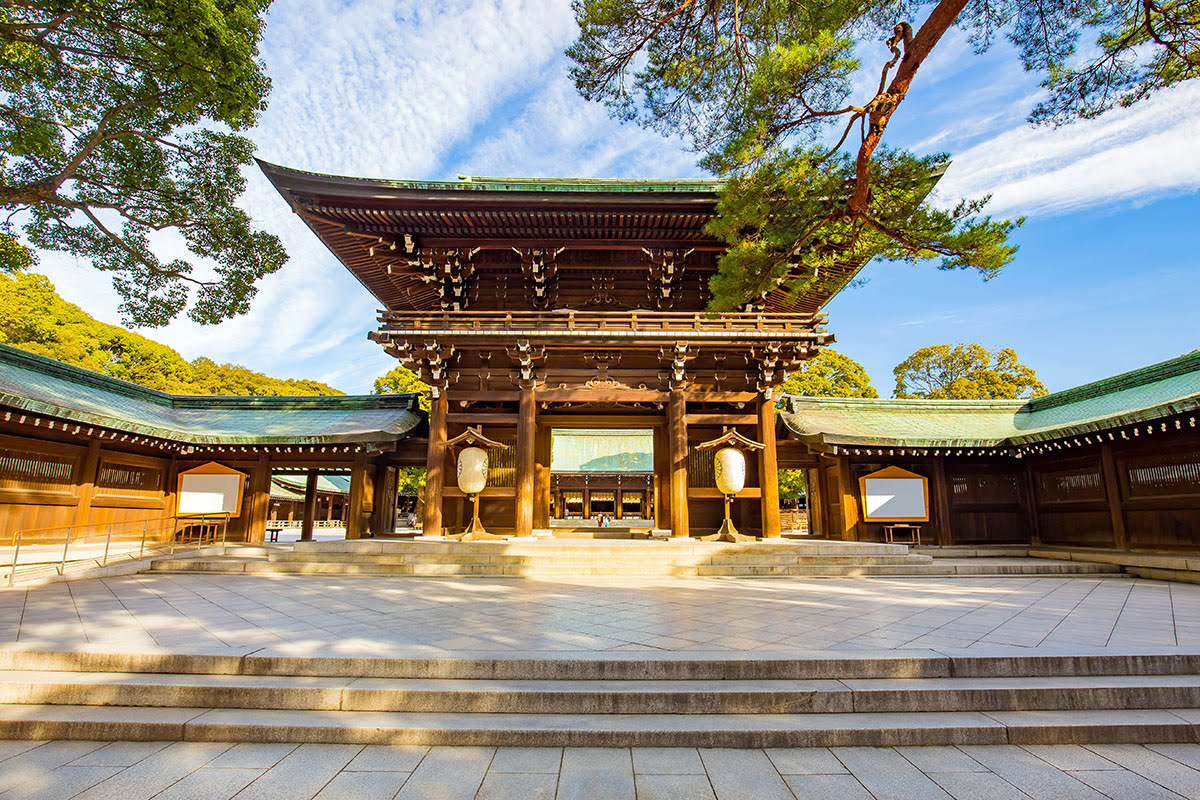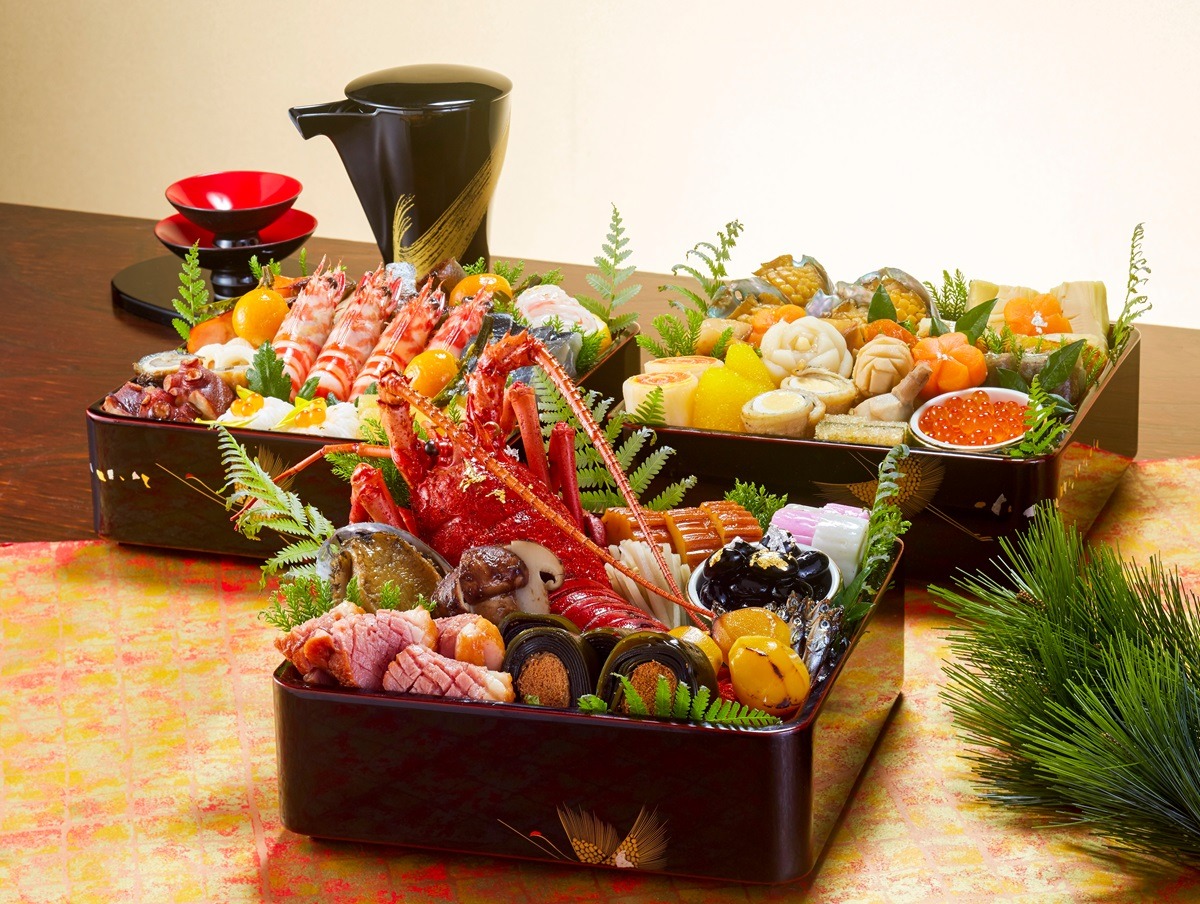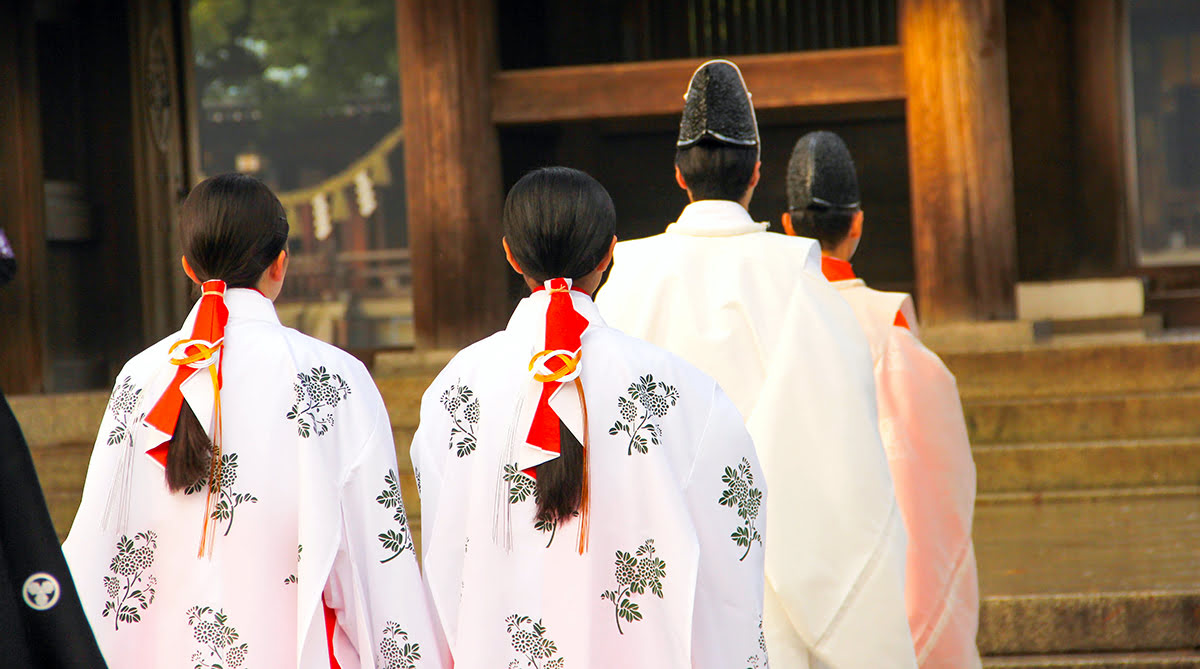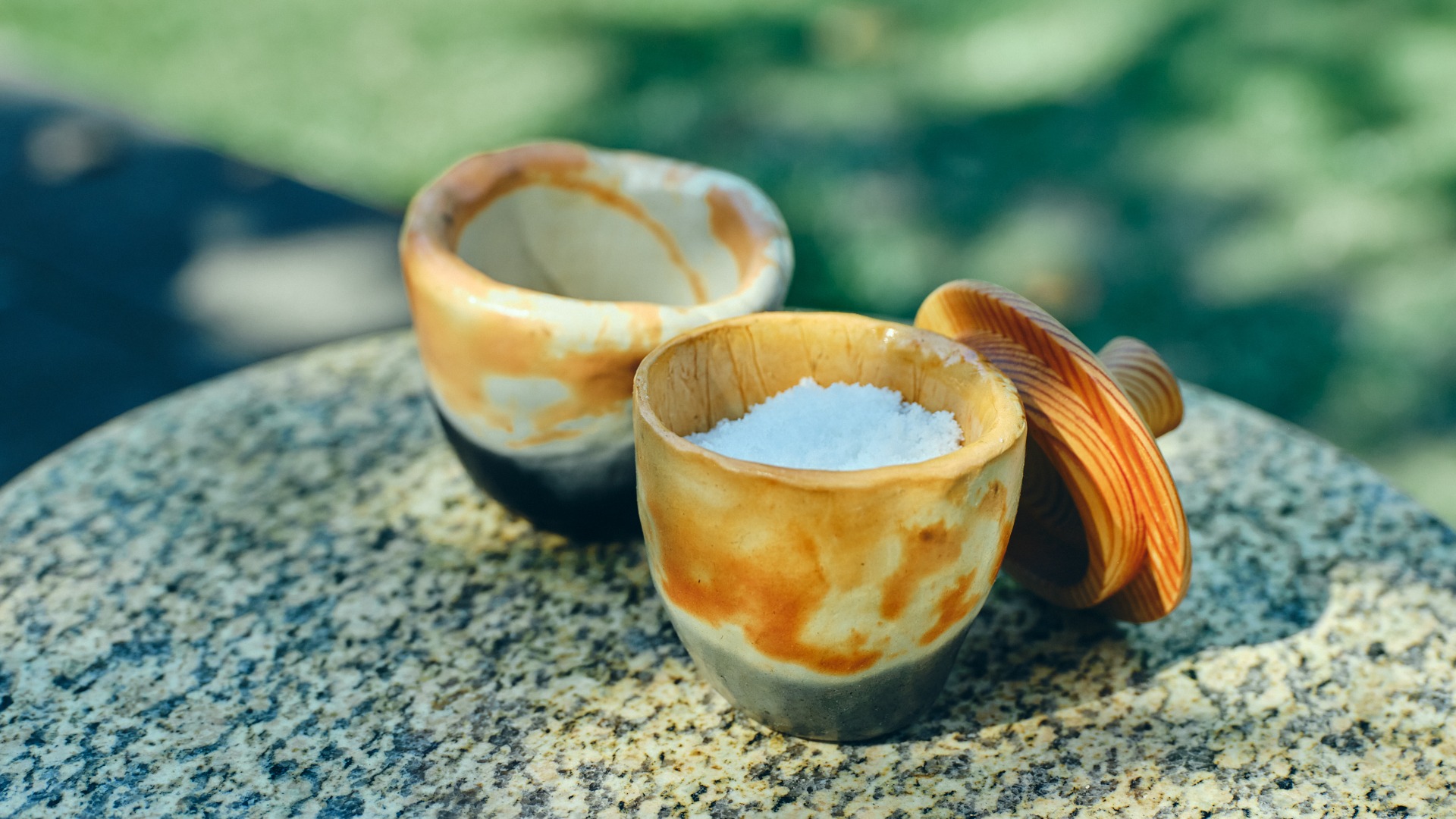New Year’s Day in Japan, known as Oshogatsu, is a time of renewal, reflection, and celebration. It’s a period when families come together, traditions are honored, and the country embraces a fresh start. Whether you’re a traveler or a local, experiencing New Year’s in Japan offers a unique glimpse into the nation’s rich cultural tapestry.
Understanding Japanese New Year Traditions
The Japanese New Year is steeped in tradition, with customs that have been passed down through generations. One of the most significant practices is Hatsumode, the first shrine visit of the year. Families and individuals flock to temples and shrines to pray for health, happiness, and prosperity in the coming year.
Another beloved tradition is the preparation and consumption of Osechi Ryori, a special set of dishes enjoyed during the New Year. Each dish holds symbolic meaning, representing wishes for the year ahead.
Celebrating with Family and Friends
New Year’s in Japan is a time for family gatherings and reunions. Many people return to their hometowns to spend the holiday with loved ones. It’s a period of joy and togetherness, where traditional games are played, and stories are shared.
One popular activity is the making of Mochi, a sticky rice cake that symbolizes strength and unity. Families often gather to pound rice and create these delicious treats together.
Experiencing Hatsumode: The First Shrine Visit
Hatsumode is a cherished tradition where people visit shrines and temples to make their first prayers of the year. It’s a time to seek blessings and express gratitude. Popular shrines like Meiji Jingu in Tokyo see thousands of visitors, creating a vibrant and spiritual atmosphere.
During Hatsumode, you can also purchase omamori (charms) and draw omikuji (fortune slips) to gain insights into your luck for the year. It’s a unique experience that offers a deep connection to Japanese culture and spirituality.
Indulging in Japanese New Year Cuisine
Food plays a central role in Japanese New Year celebrations. Osechi Ryori, a collection of beautifully arranged dishes, is enjoyed by families. Each dish has a special meaning, such as black beans for health and prawns for longevity.
Toshikoshi Soba, or year-crossing noodles, is another traditional dish consumed on New Year’s Eve. Eating these long noodles symbolizes a long and healthy life, making it a must-try for anyone experiencing New Year’s in Japan.
New Year’s Eve Celebrations in Japan
New Year’s Eve, known as Omisoka, is a time of reflection and preparation for the year ahead. Many people spend the evening cleaning their homes, a practice called Osoji, to start the new year with a clean slate.
As midnight approaches, the sound of Joya no Kane (the ringing of temple bells) fills the air. Most temples across Japan ring their bells 108 times to symbolize the cleansing of worldly desires. It’s a serene and meaningful way to welcome the new year.
Exploring New Year’s Day Festivities
On New Year’s Day, the festive spirit continues with various events and activities. Many cities host parades and cultural performances, showcasing traditional music and dance. It’s a vibrant celebration that brings communities together.
For those seeking a quieter experience, watching the first sunrise of the year, known as Hatsuhinode, is a popular tradition. Many people gather at scenic spots to witness this beautiful moment, symbolizing hope and new beginnings.
Practical Tips for Travelers
Traveling to Japan during New Year’s can be a rewarding experience, but it’s essential to plan ahead. Many businesses close from December 29 to January 3, so it’s wise to check opening hours and make reservations in advance.
Public transportation can be crowded, especially around major shrines and temples. Consider purchasing a prepaid travel card for convenience and to avoid long queues at ticket machines.
Embracing Local Customs and Etiquette
Understanding and respecting local customs can enhance your New Year’s experience in Japan. When visiting shrines, it’s customary to cleanse your hands and mouth at the purification fountain before approaching the main hall. Bowing and clapping are part of the prayer ritual, so observe and follow the locals’ lead.
Gift-giving is also a common practice during New Year’s. Small tokens of appreciation, known as Otoshidama, are often given to children. These monetary gifts are a delightful tradition that brings joy to the younger generation.
Experiencing New Year’s Day in Japan offers a unique blend of tradition, culture, and celebration. Embrace the opportunity to start the year with a fresh perspective and unforgettable memories.
